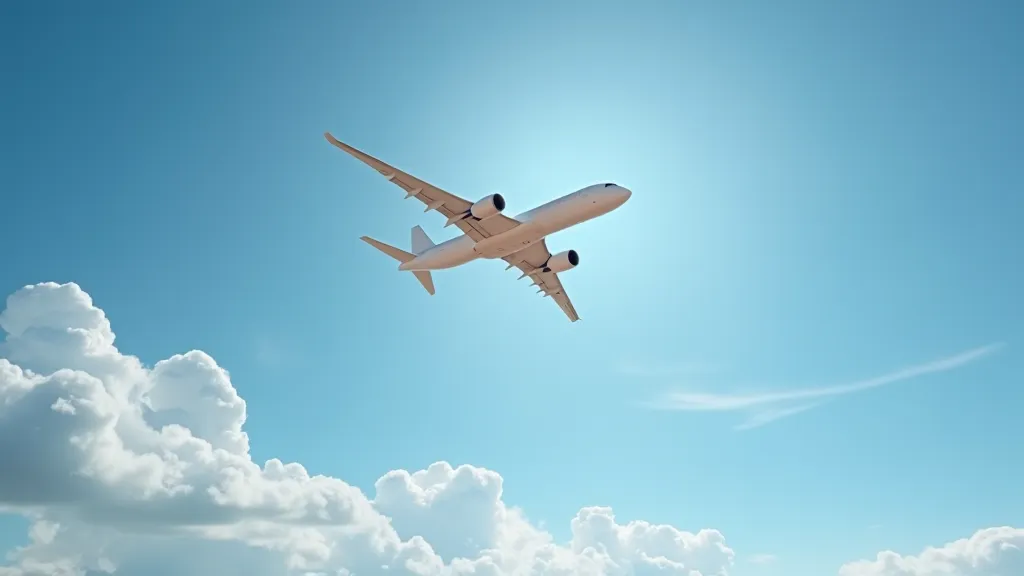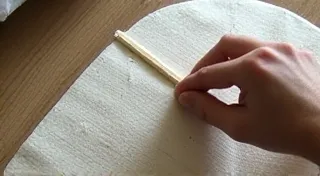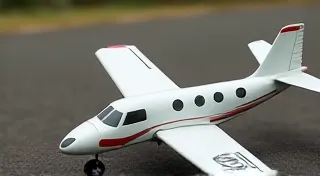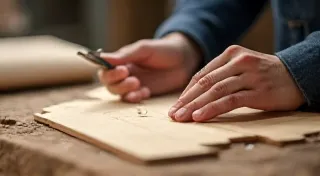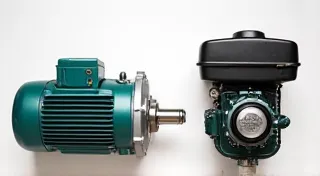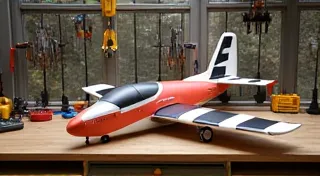Getting Started with RC Airplanes: A Beginner's Guide
Welcome to the exciting world of radio-controlled (RC) airplanes! Building and flying your own model airplane is a deeply rewarding hobby. This guide is designed for complete beginners who are eager to learn the basics and embark on their first RC airplane building project. We'll cover essential concepts, crucial safety precautions, and the basic tools and materials you'll need.
Understanding the Basics
Before diving into building, it’s important to understand the core components of an RC airplane:
- Fuselage: The main body of the airplane, housing the radio receiver and other electronics.
- Wings: Generate lift, allowing the airplane to fly.
- Tail Assembly (Empennage): Provides stability and control. It includes the vertical stabilizer (rudder) and horizontal stabilizers (elevators).
- Radio System: Consists of a transmitter (held by the pilot) and a receiver (in the airplane). It allows you to control the plane's movement.
- Motor/Engine: Provides thrust to propel the airplane. Electric motors are common for beginners.
- Battery: Powers the motor and receiver.
- Servos: Small motors that move the control surfaces (ailerons, rudder, elevator) based on your transmitter inputs.
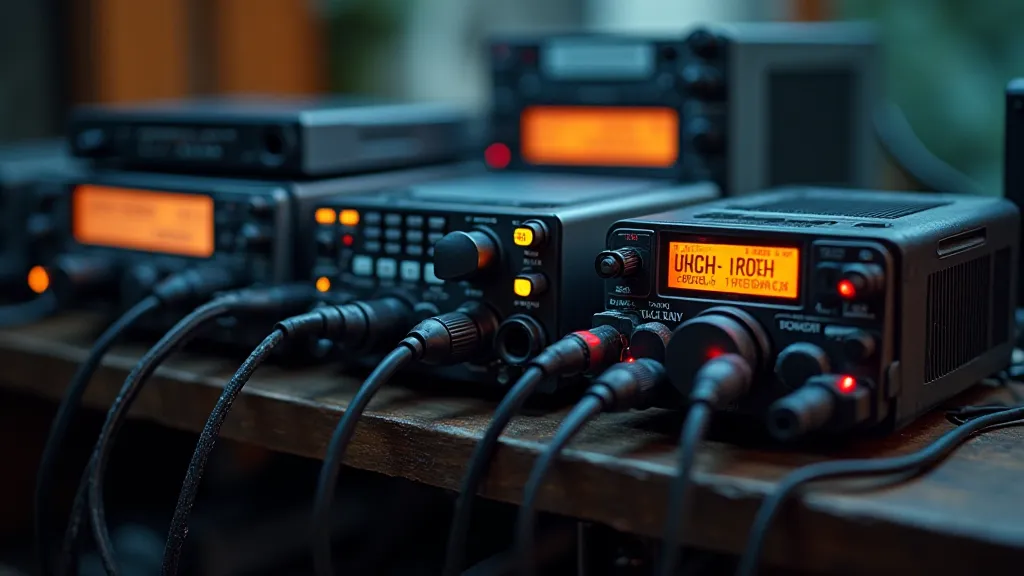
Safety First!
RC airplanes can be fun, but safety is paramount. Here's what you need to know:
- Choose a Safe Flying Area: Find a large, open space away from people, cars, buildings, and power lines. A local RC airplane club can often provide access to suitable flying fields.
- Check Local Regulations: Some areas have restrictions on RC airplane flying. Research and comply with local ordinances.
- Pre-Flight Checks: Always perform a thorough inspection of your airplane before each flight. Check control surface movement, battery charge, and radio signal strength.
- Buddy Box System: When learning, use the buddy box system. This allows an experienced pilot to take control if you encounter problems.
- Be Aware of Wind: Wind can significantly impact your airplane's flight characteristics. Start in calm conditions.
Tools and Materials You're Going to Need
You don't need a massive workshop to build your first RC airplane, but a few basic tools are essential:
- Hobby Knife: For cutting balsa wood and other materials.
- Sandpaper: Various grits for smoothing surfaces.
- Glue: CA (cyanoacrylate – super glue) and wood glue are commonly used.
- Building Board: A flat surface to build on.
- Pins: To hold parts in place while gluing.
- Ruler/Measuring Tape: For accurate measurements.
- Screwdrivers: Various sizes for attaching hardware.
- Balsa Wood: Lightweight and easy to work with.
- Plywood: Provides strength and rigidity.
- Covering Material: For protecting the airplane and improving its aerodynamics (e.g., Monokote).
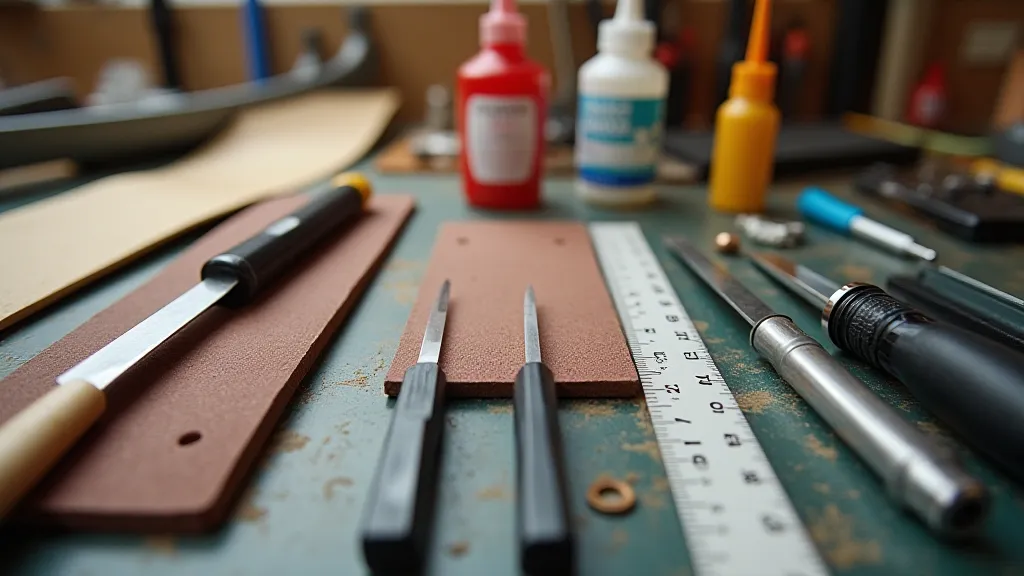
Getting Started with Your Build
Our website provides detailed plans for a simple RC airplane design. Follow the instructions carefully, taking your time and double-checking your work. Don’t be afraid to ask for help from online forums or local RC airplane clubs.
Next Steps
- Download Plans: Access our easy-to-follow building plans.
- Gather Materials: Purchase the necessary materials and tools.
- Build Slowly and Methodically: Take breaks when needed and enjoy the process.
- Ask for Help: Join an RC airplane club or online forum for support.
